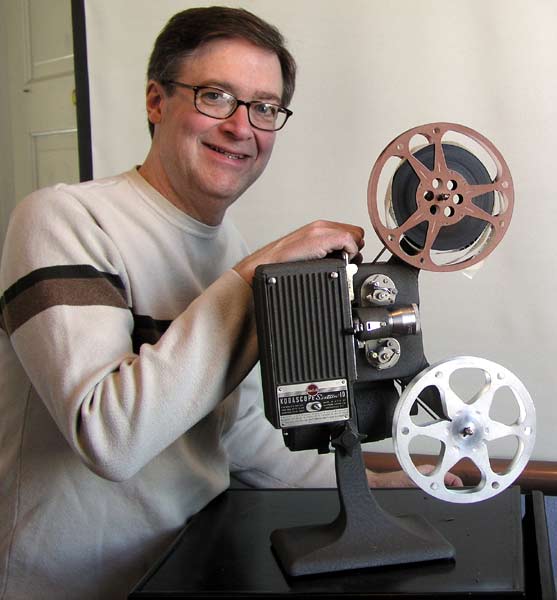Camera Review: Olympus 35 RC

A wonderful little camera, easy to use, with a sharp lens and virtually silent shutter.
The Olympus 35 RC was the first really advanced camera I ever used. Back in Junior High in the early 70's my interest in photography was beginning to blossom and my Dad was more than happy to help, being a bit of a shutterbug himself. He had purchased the 35 RC for himself of course, but as I moved into High school and started getting involved with the yearbook staff it was clear that the little Olympus would fit the bill nicely.
At the time, I didn't know much about exposure, but this camera knew enough to help me along. Set the film speed, choose a shutter speed, and shoot. If there's either to much, or not enough light for the shutter speed you chose the camera won't fire. So I quickly learned about adjusting the shutter to get the camera to work and learned about the relationship between shutter and aperture settings. It has a sharp, bright easy to see rangefinder that made focusing easy and the lens setting and shutter speeds are clearly shown in the finder. I shot one heck of a lot of Tri-X, available light, in school that year, sometimes even shooting it at ASA 800 (we called it ASA not ISO back then) after I learned how to push the film a stop in the school darkroom.
Of it's many advantages a big one is the nearly silent shutter. When you're shooting candids in a classroom being undetected can be a real benefit. The camera has a very sharp f: 2.8 42mm lens, and shutter speeds from 1/15 to 1/500 and B. ASA settings from 25 to 800, so I was covered with Kodachrome or pushed Tri-X. Slides taken with this camera were simply amazing. Dad shot a lot of slides back then and I was always amazed at how incredibly sharp and colorful they were. The camera is small and light. Has a somewhat automatic flash exposure system too. You set the guide number of your flash on the camera and it adjusts the f: stop as you focus. 'Course back then I was using a slip in flash unit that took AG-1 flash bulbs! Once I finally got an electronic flash unit (A Kako Hi-Beam II, remember those?) i was pleased to learn that the shutter synched at all speeds with electronic flash! Also, should you find yourself with a dead battery, the camera still works just fine as a manual camera as power is not needed for anything but the meter. All settings are fully available to the shooter with no battery, unlike other cameras that have a coupled shutter/lens/meter system where the meter has to work for the camera to work. Has a hot shoe for the flash and a pc socket so you can use whichever you happen to have.
The quick, one stroke smooth operating film advance lever is a nice touch as is the built in self timer....the only part of the camera that has ever needed service. Somewhere along the way about 20 years ago the screw that holds the self timer lever on came off and the lever got lost. I wrote to Olympus and they sent me a replacement at no charge!
It does take the odd sized 43.5mm filters which can be tough to find. The meter cell is located adjacent to the lens itself and is covered when you add a filter so the exposure adjustment for filter use happens automatically.
I can only imagine how many thousands of rolls of film have been thru this camera. Just in high school I ran a couple rolls of black and white thru it nearly daily for four years, not to mention the thousands of miles it has logged on family vacations. And Dad has used it tons, after all it IS his camera...but somehow I've managed to hang on to it since about 1980.
Not a particularly valuable camera. Generally selling on the used market and ebay for around $40 - 50 dollars US. A great camera to have around if you're still shooting film. Quick to use, nearly silent, amazingly sharp lens, and feels like a real camera in your hands.
Next review coming up? The Kodak 828 Flash Bantam!


1 Comments:
Wonderful story about your Olympus 35 RC.
Do you still blog? You should.
You persuaded me to put an Olympus 35 RC on my list of rangefinders to purchase.
Thanks again.
Richard from Chicago
Post a Comment
<< Home